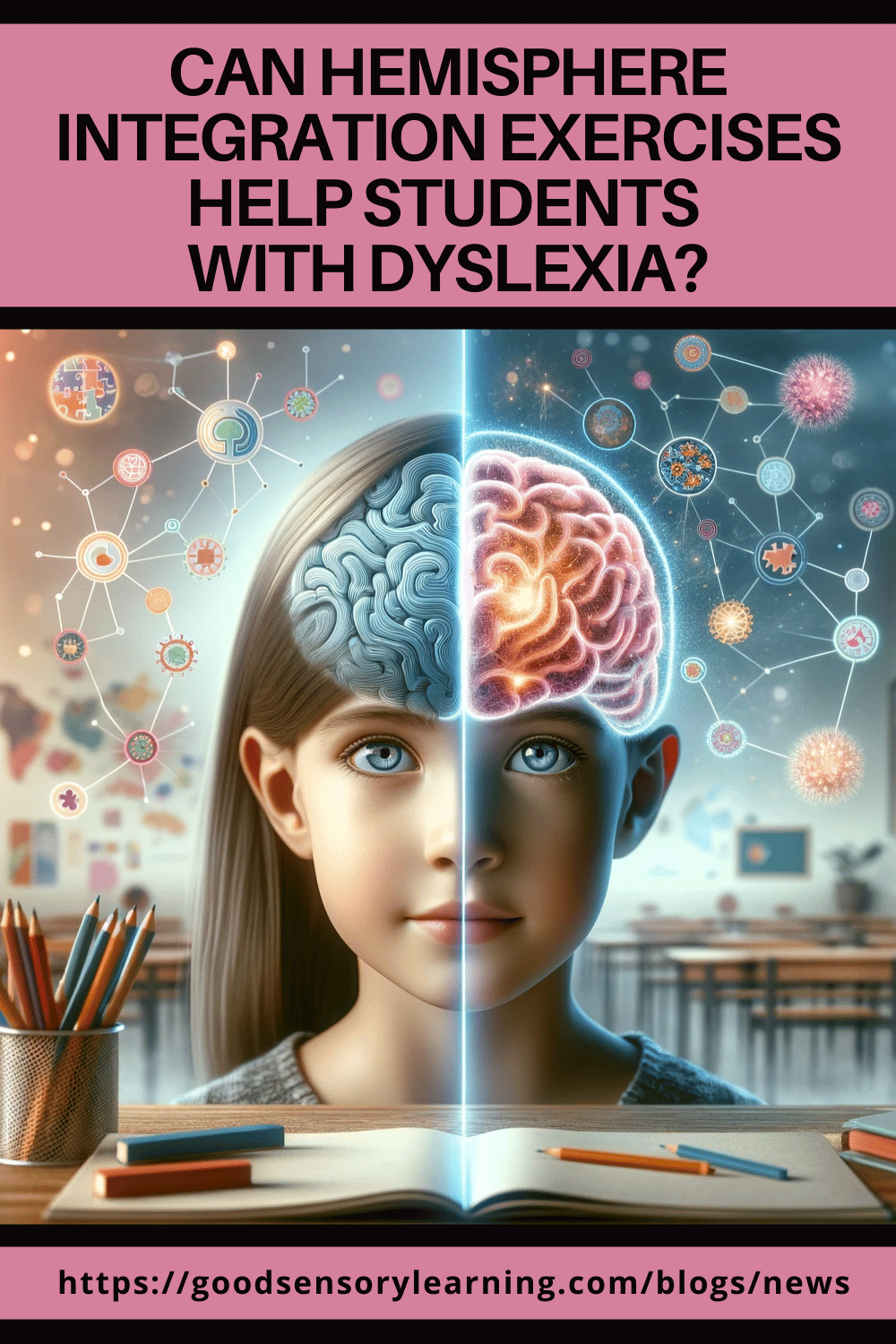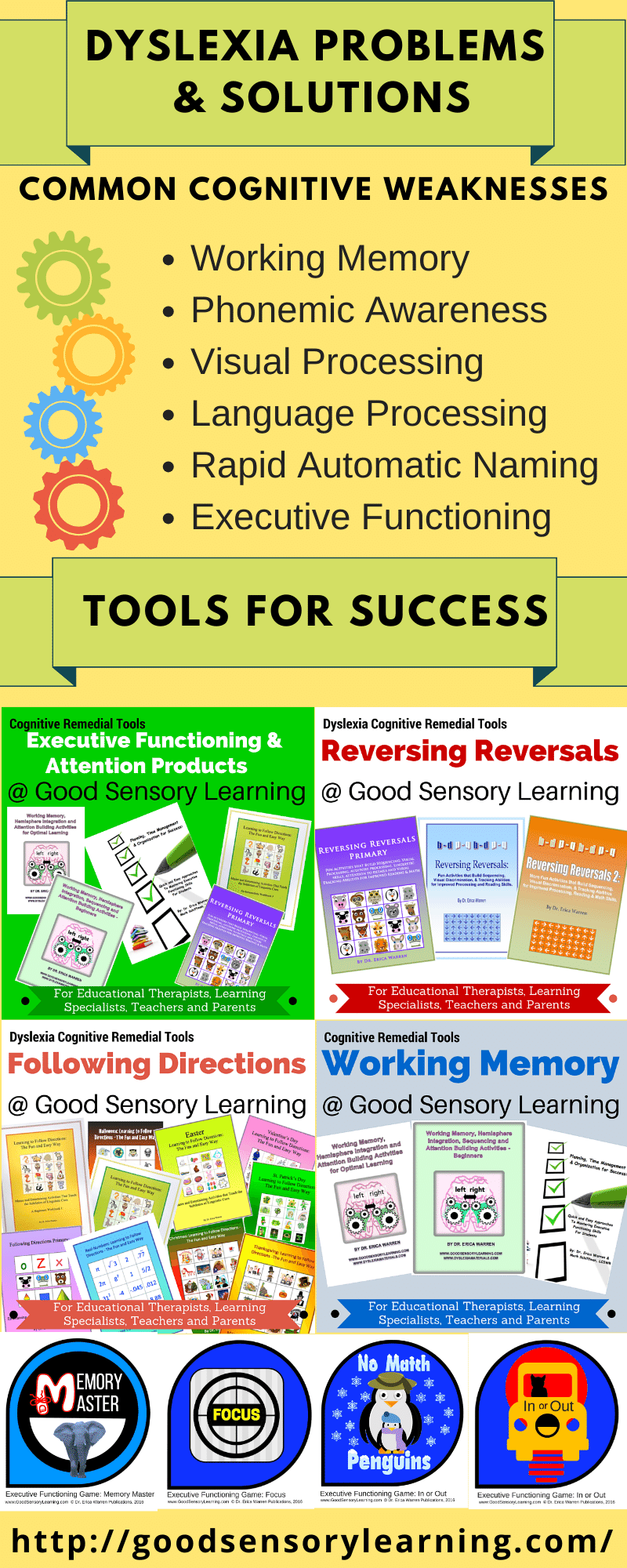Can Hemisphere Integration Exercises Help Students with Dyslexia?
Posted by Erica Warren on

This can be achieved by doing either cognitive or physical activities.
| Click on the image to learn more |
"Brain Gym" by Dr. Paul E. Dennison and "Smart Moves" by Dr. Carla Hannaford bring forth an intriguing blend of scientific insight and practical exercises. Their work bridges the gap between various disciplines—including Applied Kinesiology, Educational Kinesiology, Developmental Optometry, Biology, and Neuroscience—to uncover movements that bolster interhemispheric communication within the brain. These exercises often involve "crossing the midline," an action that requires both brain hemispheres to engage and collaborate, thereby enhancing cognitive function (as demonstrated in image 2). Other techniques include relaxation and refocusing strategies that utilize acupressure points and other straightforward movements.
The benefits, as suggested by the authors, are multifaceted: improved academic performance, sharper focus, enhanced memory, better mood, and potential remediation of learning disabilities such as dyslexia and dysgraphia. Given that students often experience prolonged physical inactivity during school hours, integrating these simple yet effective movements into the classroom routine could offer the necessary physical and mental stimulation to enrich their learning environment.
If you are looking for workbook-related activities that also strengthen hemisphere integration and attention, consider these activities.
Cheers, Erica
- Blog: https://goodsensorylearning.com/blogs/news
- YouTube Channel: https://www.youtube.com/user/warrenerica1
- Executive Function Podcast: https://goodsensorylearning.com/pages/the-personal-brain-trainer-podcast-with-dr-erica-warren
- Store: http://www.Goodsensorylearning.com/
- Courses: http://www.learningspecialistcourses.com/
- Newsletter Sign-up: https://good-sensory-learning.kit.com/drericawarren
Share this post
- 0 comment
- Tags: dyslexia, Dyslexia help



